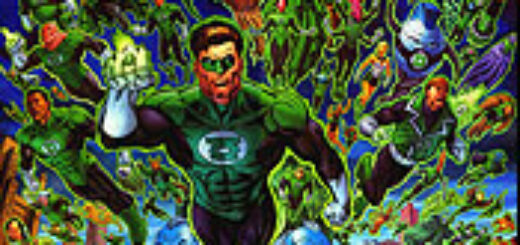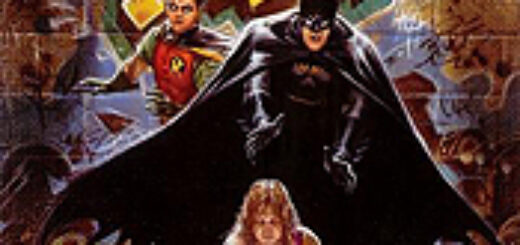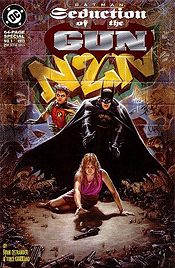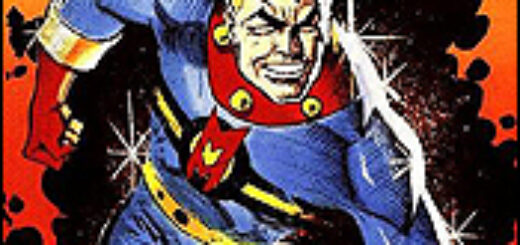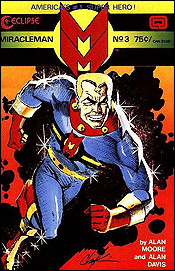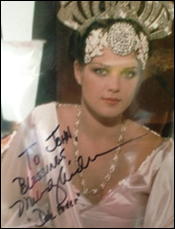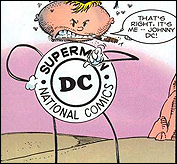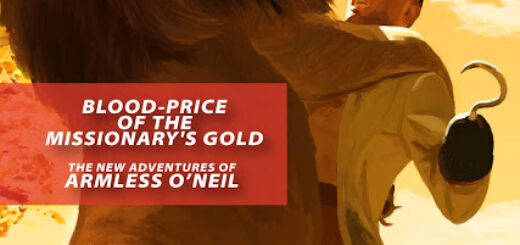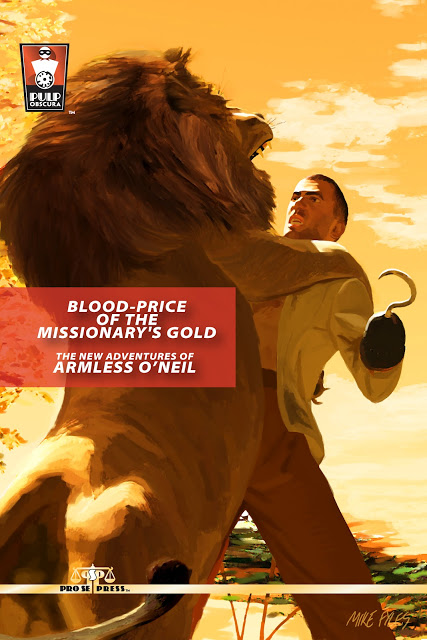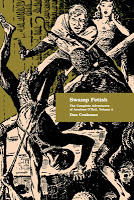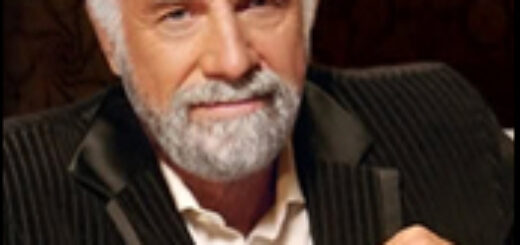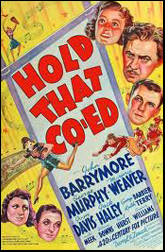Martha Thomases: My Green Lantern Problem
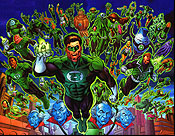 If I’m reading their website correctly, DC Entertainment currently publishes three different Green Lantern titles, not counting the animated series tie-in. There is also a Red Lantern comic. The last several company-wide crossovers involved the Green Lantern Corps as major players.
If I’m reading their website correctly, DC Entertainment currently publishes three different Green Lantern titles, not counting the animated series tie-in. There is also a Red Lantern comic. The last several company-wide crossovers involved the Green Lantern Corps as major players.
It’s too much.
Don’t get me wrong. I like Green Lantern. I vividly remember when I bought my first copy. I was about eight years old (which would make it 1961, for those of you keeping score), and felt very grown up. I thought Green Lantern, being a science-based character, was much more intellectual than Superman or Batman at the time, with their dog pals and mischievous imps. Hal Jordan wasn’t a millionaire playboy nor an alien. He was a test pilot. He had a job.
A decade later, when Denny O’Neil and Neal Adams took over the title, I was mesmerized. They were using a character (one whom, by this time, I realized didn’t have much to do with science) in a comic book to express a point of view on the world in which I lived. How amazing was that?
By the time my son was reading comics, there were several Green Lanterns. He loved them. He especially liked Green Lantern: Mosaic, which featured John Stewart trying to assist a world that had a variety of intelligent life forms, immigrants from dozens of worlds. It seemed like a metaphor for life in New York, but I don’t know if that’s why he liked it so much.
I guess I’m trying to say that Green Lantern is a concept that different people, at different stages of their lives, can enjoy. A man (or woman) with a strong will, and a ring that can manifest that will, is a wonderful vehicle for imagination. With the introduction of the idea of the Green Lantern Corps, 3600 strong, each patrolling a different sector of the universe, the reader can see how different personalities affect the way the ring works. Some shoot green rays, some make green weapons, some create helpers. The stories are limited only by the imaginations of the creative teams.
Still, the heart of the stories was Hal Jordan. The supporting cast included fellow Lanterns Guy Gardner, Kyle Rayner, and the previously mentioned John Stewart. Sometimes one of them would replace Hal as the main Lantern for sector 2814 (that is, Earth).
Since the introduction of The New 52 last fall, the cast has expanded quite a bit. There are Lanterns of other colors of the rainbow, representing other emotions. Each color has 3600 champions (except orange, which is avarice, and its ring holder took all the other rings because, you know, avarice). The stories involving these characters, and the Guardians of the Universe who created the Corp, span all three books.
Believe me, I understand that this may be the direction that the creative teams want. They may enjoy having the cosmos as a canvas, and they may think that having different species as characters is a wonderful opportunity to comment on the human condition. If this is the case, I don’t think they’re succeeding.
I can’t keep up with everybody. Even worse, I don’t care.
I want some stories to take place on Earth. I want to see Carol Ferris, and not in her Star Sapphire costume. I want to watch John Stewart as an architect. I want to see how artist Kyle Rayner meets his magazine deadlines. I want to see Guy Gardner with Ice. Even better, I’d like to see story ideas that haven’t happened yet, but that engage me with situations with which I can relate.
I want to see humans. More to the point, I want to see human stories.
SATURDAY: Marc Alan Fishman, Gone Fishing
SUNDAY: John Ostrander, Friend to the Chickens

